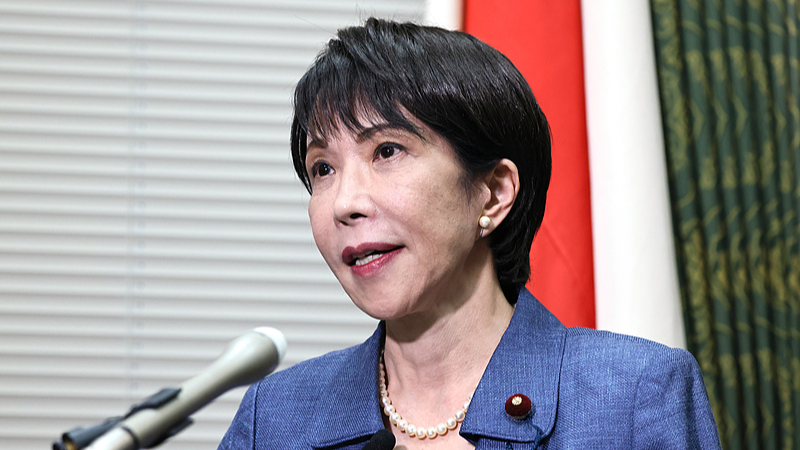At the recent Third China International Supply Chain Expo in China, top semiconductor executives raised a pressing question: Why must the global chip chain stay interconnected? From raw materials to design and manufacturing, every stage relies on partners across borders to keep the digital world humming.
Nvidia CEO Jensen Huang made waves when he attended the event for the first time and emphasized, "a supply chain is connection." His attendance marked a milestone, signaling renewed collaboration as the H20 AI chip returns to the Chinese market after regulatory easing.
Alongside Nvidia, AMD’s MI308 chip swiftly followed, underlining the Chinese market’s critical role. With China accounting for over 30% of global AI chip demand, access to this ecosystem is more vital than ever for driving innovation and meeting skyrocketing compute needs.
The semiconductor supply chain spans continents: sophisticated machinery from Europe, specialized materials from Asia, chip design hubs in North America and end-users worldwide. This intricate web demands openness, adaptability and trust—decoupling risks delays, cost spikes and security gaps.
For business and tech enthusiasts, the expo spotlighted how international teamwork fuels breakthroughs. Thought leaders see this as a blueprint for sustainable growth, where shared expertise reduces waste and accelerates green manufacturing. For the digital native, seamless device performance boils down to these global connections.
As geopolitical winds shift, one thing remains clear: in an industry defined by precision and complexity, no single region can go it alone. The message from the expo resonates across boardrooms and dorm rooms alike—global chip chains thrive on connection.
Reference(s):
cgtn.com

